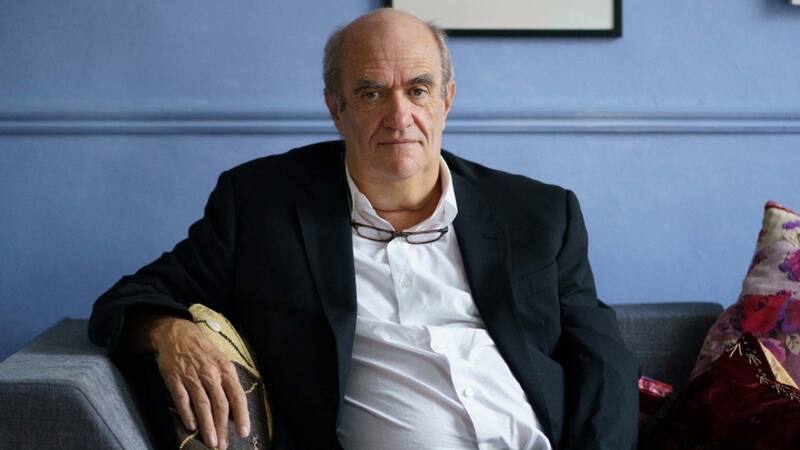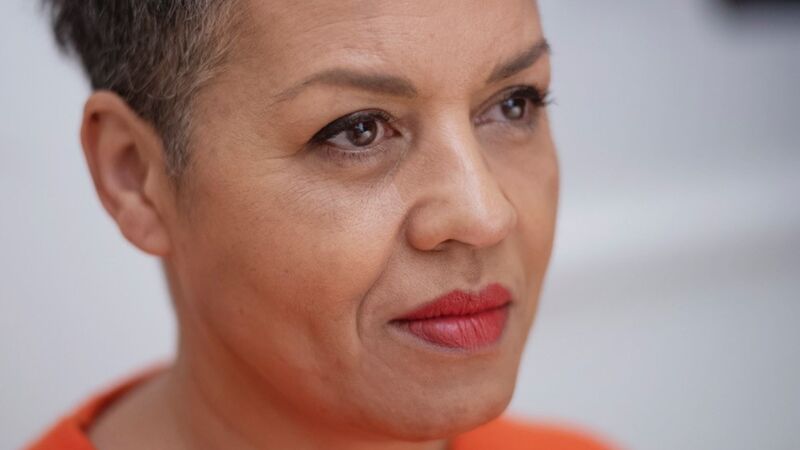You are viewing your 1 free article this month. Login to read more articles.
150 and not out
Change has been a constant this year: even so, it is still unnerving when the momentum picks up the pace. Last week, Penguin Random House agreed a $2.2bn deal with ViacomCBS for America’s third-largest trade publisher Simon & Schuster. The proposed takeover will create what the Authors Guild across the pond described as “a huge imbalance in the US publishing industry”. This week, Reed Exhibitions announced that BookExpo America—once a pivotal trade fair for publishers, including UK presses, booksellers and the wider industry—will not return in 2021, and will be replaced thereafter by hybrid—digital and physical—offerings.
Lest we forget, this is also the week high street bookshops in England can reopen their doors, as they already have done in Ireland. The fight is now on to “save Christmas”, even as some fear early festive shopping may leave slim pickings for the high street.
It is within this context that we reveal, this week, the trade’s top 150 influencers, a list that showcases not just what the trade looks like today, but also provides a broad hint of who will be driving it forwards in the next 12 months. Some of the stats around this year’s list are worth reflecting on. It is by some margin the most diverse crop ever, with change evident at the top as well as from upstarts. It is the youngest, too, and women now make up the majority. In part, these changes are notable because they reflect what was absent before, but nevertheless the trade now has a huge opportunity to build from this.
It is not a surprise that in such an unusual year, there is a slightly unusual Bookseller 151st—the individual whose contribution to the trade has been outstanding. This year it goes to the wholesaler Gardners through its m.d., Jonathan Little. The supply chain has been pivotal to the trade’s survival this year, with Gardners supplying book.shops and customers when they could, wherever they were, while at the same time purchasing the warehouse of the defunct wholesaler Bertrams, and on-boarding Bookshop.org at the beginning of the key autumn period. Gardners got it right at the macro level, but also when it mattered on a day-to-day basis with a commitment to bookshops that belied the circumstances.
It is clear now that the future shape of the book business will be drawn from how we emerge from the pandemic. After the past nine months, few can seriously doubt the book trade’s ability to adapt to a new environment, even in the face of the very serious disruption to our work and home lives. The joy of the 150 is that it shows the trade’s parts, and how they come together to keep the whole intact. An outsider might look at this business and the bestseller charts and come to the conclusion that the virus has had little impact: Barack Obama is on top, as most would expect him to be two weeks after publication; David Walliams remains the trade’s top banana; while Guinness World Records is making its annual rush to the front. We know different. We know we faced the worst of
times, and did not flinch.
















